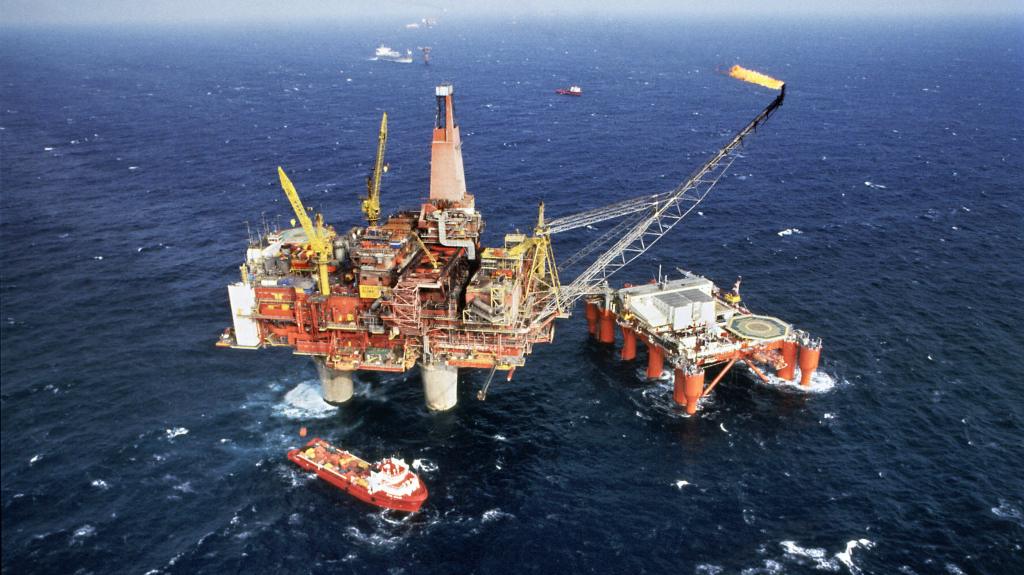Oil Prices Plummet to Lowest Level in Four Years Amid Tariff Turmoil
Oil prices have experienced a significant drop, reaching their lowest level in four years as concerns about declining demand grow due to ongoing tariff turmoil affecting the global economy.
On Monday morning, Brent crude, which serves as the global benchmark, dipped below $63 per barrel, marking the lowest price since early 2021. This represents a steep decline of 17% since President Trump’s announcement of tariffs on April 2.
In a brief surge during afternoon trading, oil prices rose nearly 3% to exceed $67 per barrel after rumors of a possible pause in tariffs circulated. However, prices quickly fell back into negative territory as those speculations faded.
The recent sell-off in oil prices has been exacerbated by a surprising decision from the Opec+ alliance, which consists of major oil-producing countries, to increase their output more than previously anticipated, despite the impact of tariffs.
Eight member countries, including Saudi Arabia, Russia, and Iraq, have decided to raise their combined output by 411,000 barrels per day starting in May, significantly exceeding the expected increase of 135,000 barrels per day.
Morgan Stanley analysts suggest that the combination of unexpectedly high trade tariffs and faster-than-anticipated Opec+ quota increases will likely exert downward pressure on oil prices in the coming months. They have revised their forecast for oil demand in the latter half of the year downward by 500,000 barrels per day and lowered their oil price predictions for the same period by $5 per barrel, bringing it down to $62.50 per barrel.
The analysts commented, “Brent fell 12.5% over the last two trading sessions. Such steep two-day declines have historically only occurred 24 times, with 22 of those instances happening during economic recessions.”
Goldman Sachs also adjusted its oil price forecasts on Sunday night for the second consecutive time since the tariff announcement, taking into account revisions to global GDP projections, particularly highlighting the anticipated stagnation of the US economy.
They now predict Brent crude will trade around $62 per barrel by December, a reduction of $4 from their prior forecast on Friday, which had already been lowered by $5 since before the tariffs were announced. For next year, Goldman Sachs anticipates an average Brent price of $58 per barrel, down from their previous estimate of $62.
For UK motorists, the decline in oil prices could translate to relief at the fuel pump, provided that this sustained decrease in crude prices leads to lower retail prices.
Simon Williams, the head of policy at the RAC, stated, “With oil reaching its lowest level in four years, motorists should expect reductions of up to 6 pence per litre at petrol stations ahead of the busy Easter weekend.”
He further noted, “As long as oil remains priced around or below $65 per barrel, retailers will be compelled to pass on the savings to consumers at the forecourt.”
According to Williams, petrol prices could decrease from the current UK average of 136 pence to 130 pence per litre, while diesel prices may fall from 143 pence to 137 pence. If unleaded fuel reaches this level, it would be the most affordable since the summer of 2021, while diesel prices haven’t been that low since September of that same year.




Post Comment